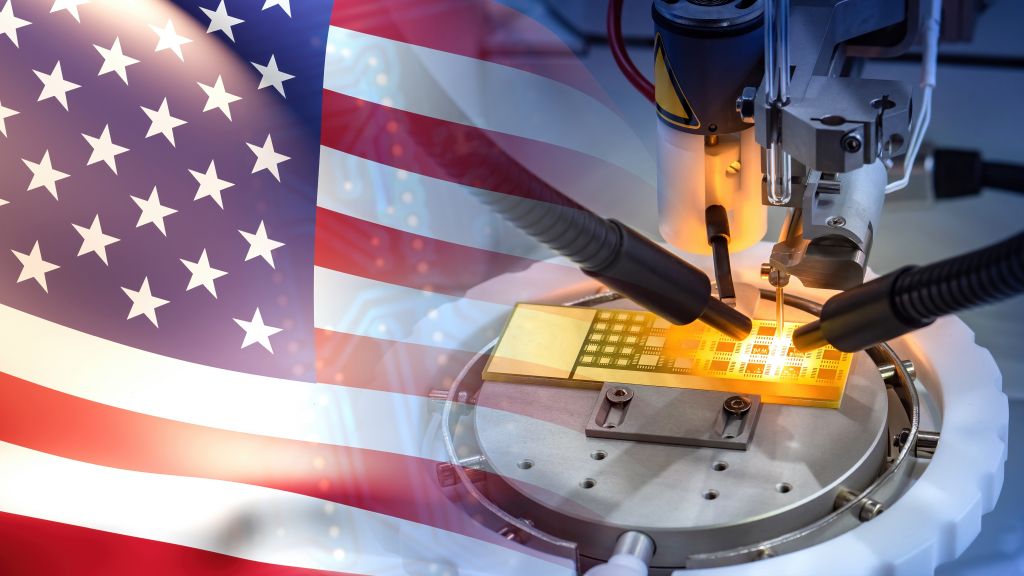Trump's Regulatory Overhaul: NAM Applauds Bold Business-Friendly Moves

In a strong show of support, the National Association of Manufacturers (NAM) has commended President Donald Trump for creating a more predictable regulatory environment that promises to invigorate American industrial growth. The organization highlighted the importance of clear, consistent regulations as a key driver for manufacturing sector confidence and potential expansion.
By providing manufacturers with greater regulatory clarity, the administration aims to remove bureaucratic obstacles that have traditionally hindered business development and innovation. This approach is expected to encourage investment, streamline production processes, and ultimately strengthen the United States' competitive position in the global manufacturing landscape.
NAM's endorsement underscores the critical role of stable policy-making in supporting industrial sectors and fostering economic resilience. The organization believes that this regulatory certainty will empower manufacturers to make more strategic long-term decisions, potentially leading to job creation and increased economic productivity.

